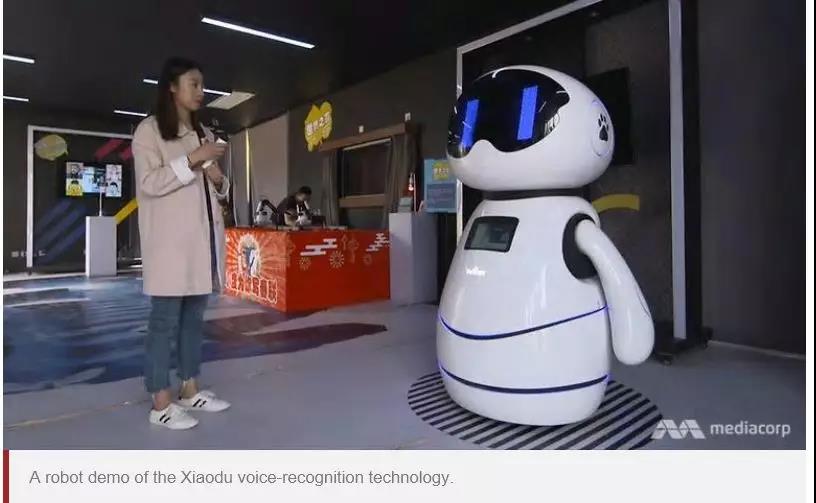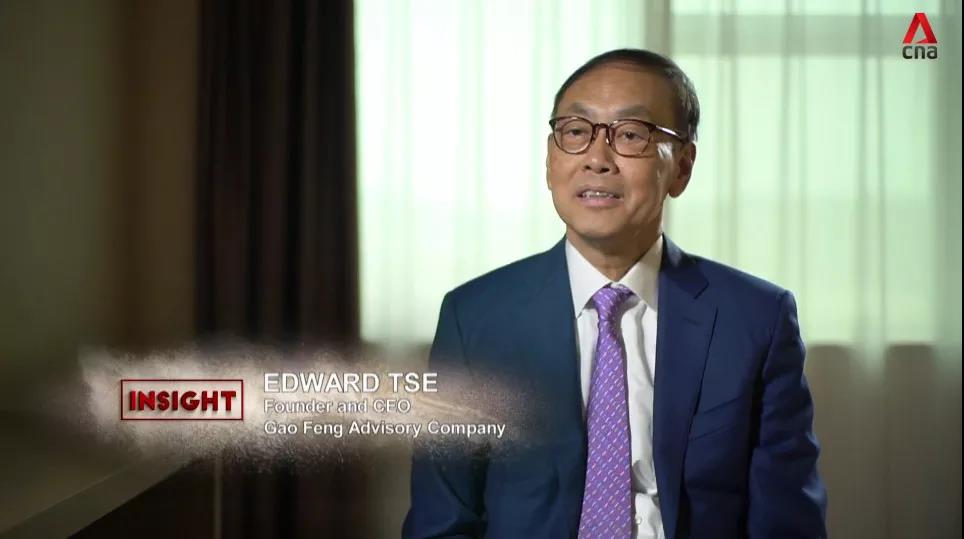
How China Evolved from a Copycat to an Innovative Nation
On April 30th, Gao Feng’s CEO, Dr. Edward Tse, was interviewed by Channels Network Asia. Dr. Tse shared his views on how China evolved from a copycat to an innovative nation.
Now the programme is available on line and please Click READ MORE (阅读原文)below to watch the show.
This article was printed on CNA Insight on June 29, 2019. All rights reserved.
CNA Insider
By Desmond Ng & Seah Su-Lyn
From having four Silicon Valleys to scoring a world first — a city with a 100 per cent electric bus fleet — China has taken on the US for technological supremacy. Insight looks at how the country did it.
SHENZHEN and BEIJING: When Matthew Scott was transferred to China to work as an engineer at Microsoft in 2006, he never thought there would be an opportunity to build his own start-up there.
But, eschewing traditional innovation hub Silicon Valley, the American stayed on in China and is today the co-founder of an artificial intelligence start-up.
“China’s a great place to do AI,” said the 37-year-old chief technology officer of Malong Technologies in Shenzhen, the southern Chinese city aiming to outdo Silicon Valley.
“(Shenzhen) is one of the best places to do hardware. And I have the network, and it felt like the right thing to do.”
Once known as a cheap place to make copycat gadgets, the city has transformed into a tech hub that can do what Silicon Valley cannot: Combine innovation and entrepreneurship with manufacturing.
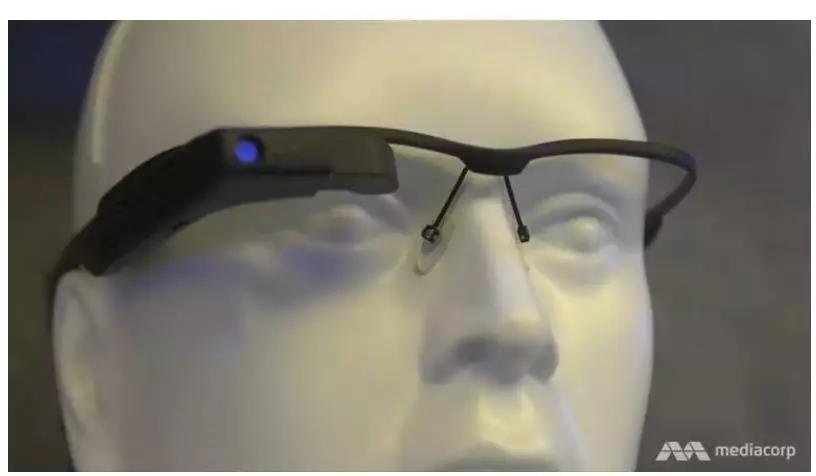
Tech workers like Scott say this is not the only way in which China is setting an example for the world.
“Everyone doing AI would’ve used Chinese technology. Without Chinese AI, we wouldn’t be this far advanced,” he told the programme Insight. “China isn’t just sucking in innovation from the rest of the world; true innovation is being published in China.”
The rise of China’s high-tech prowess is one of the reasons it is locked in a trade war with the United States, and the technology sector, one of the main sticking points.
But how did this country get ahead in the technology race?
MADE IN CHINA 2025
Once regarded as backward and undeveloped, China has overseen an economic and technological rise that the White House now sees as an existential challenge.
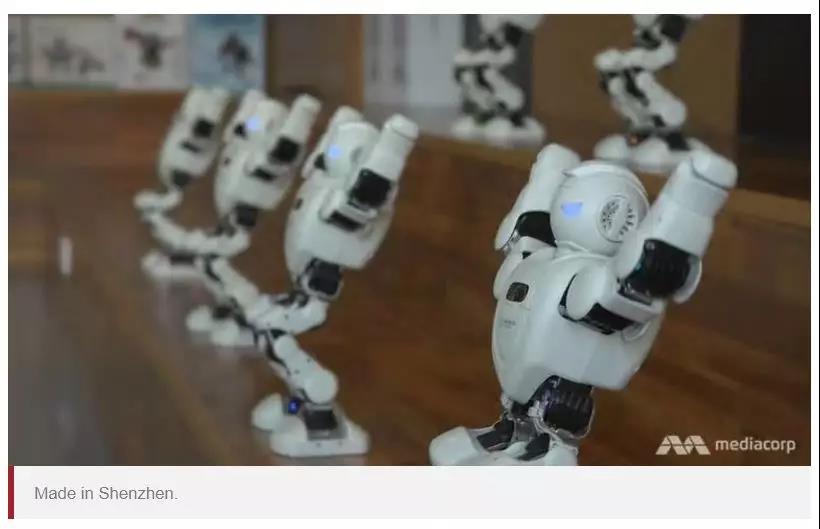
But for a long time, the country was perceived as a copycat, pointed out Edward Tse, the founder and chief executive of global strategy and management consultancy Gao Feng Advisory Company.
“China began to learn — to develop — when it recognised that the outside world was so different,” he said. “So the first step was to see what was available outside of China and copy.”
The country discovered there was “plenty of room for innovation” along the way. “It took them about a decade or so to transition from a copycat nation to now, I think for most people, a pretty innovative nation,” he added.
In 2015, Beijing announced the Made in China 2025 strategy to turn China from being the world’s main factory for manufactured goods into a high-tech powerhouse.
Part of the strategy was to work with private investors to buy overseas tech firms, and many of these happened to be in the US.
Chinese investments in US tech start-ups rose from US$2.3 billion (S$3.11 billion) in 2014 to almost US$10 billion in 2015 — more than a fourfold increase. This soon led to accusations that China was stealing technology and jeopardising US national security.
But Made in China 2025 is not just about strategic investments abroad; the plan also aims to move the country up the value chain in manufacturing, to make things at home and make them better than everyone else does.
ELECTRIC VEHICLE HUB
In one of the Made in China 2025 target industries, the country has raced far ahead of everyone else.
Shenzhen, once a sleepy fishing village and now the poster child for China’s opening up, recently became the first city in the world to have a 100 per cent electric bus fleet, despite coming late in the day.
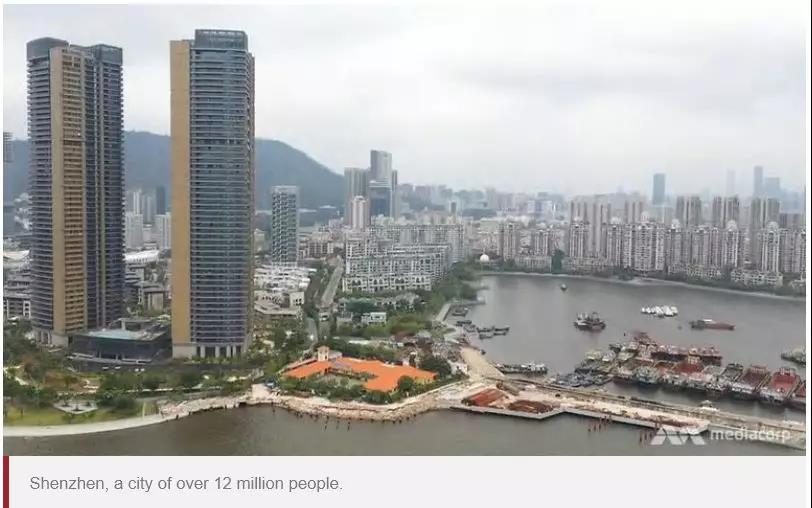
“We can’t catch up with others in the traditional-energy vehicle sector,” said China Automobile Dealers Association executive director Jia Xinguang.
But in the new-energy vehicle sector, there’s a more level playing field, so we have a better chance of beating the competition.
More than 16,000 electric buses ply the city’s roads, and almost all the 20,000-plus taxis are electric too.
While electric buses cost about twice as much up front as normal ones, the local and central governments have provided more than eight billion yuan (S$1.58 billion) a year in subsidies.
Across the country, there are an estimated 421,000 electric buses, or 18 per cent of its bus fleet, compared with 300 electric buses in the US.
“The US, Japan and Germany were the pioneers in electric vehicles. China started only in 2016 but has now become the biggest manufacturer, with over 1.2 million sold last year,” said Jia.
“We should be able to produce every part of the electric vehicle locally … China has the biggest capacity for battery manufacturing, and we’re the biggest providers.”
It is little surprise that China is still the world’s largest market for electric vehicles. Shanghai, Beijing and Hangzhou are among more than 30 Chinese cities aiming for 100 per cent electric bus fleets by next year.
FOUR SILICON VALLEYS
China also wants to be a world leader in AI, with the government pouring billions of dollars into AI research and applications.
In November, Chinese search engine giant Baidu opened a park in Beijing billed as the world’s first AI-based smart park. It comes with plenty of value-added data.
For example, face-recognition detectors on the pathways record and analyse data, so people can find out how far they have run, their average speed and how many calories they have burnt.
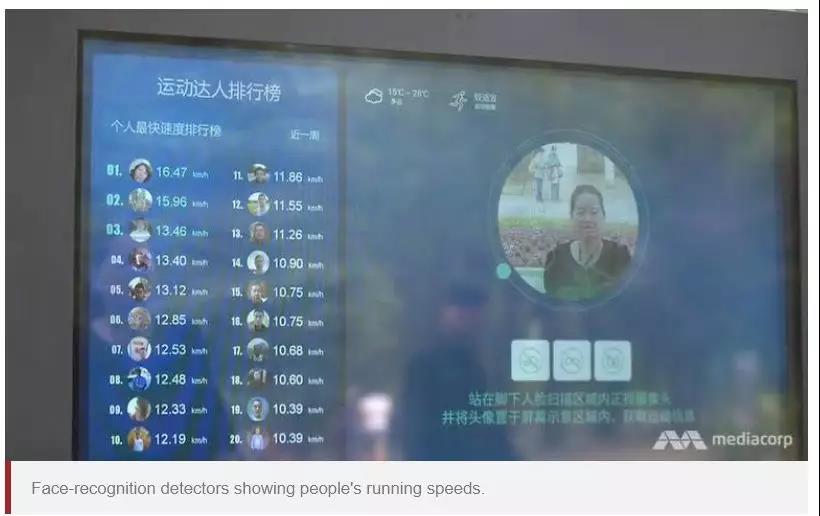
There are augmented reality lessons in tai chi — the system captures one’s movements and compares them with tai chi masters.
The park also has Xiaodu voice-recognition technology — a technology that has changed the lives of the visually impaired, like masseur Jiang Fan. Previously he found it hard to switch on his lights, the air conditioning and to draw the curtains.
“With the voice-recognition technology, it’s easy. We just tell Xiaodu what to do,” he said. “Xiaodu can also adjust the room temperature and put on music.”
These are just some of the applications China is developing in its tech hubs. Today, the country has not just one Silicon Valley, but at least four.
One of them, in Beijing’s Haidian district, is Zhongguancun. It is 488 square kilometres, or almost two-thirds the size of Singapore, and home to about 9,000 high-tech firms as well as more than 200 scientific institutions.
It is also the headquarters for some of China’s biggest tech firms as well as the regional offices for US tech giants like Google, IBM and Microsoft. Zhongguancun aims to be China’s national innovation centre, with global influence.
As many as 80 start-ups are born here each day, such as Zhen Robotics, which manufactures a small robot — nicknamed Little Yellow Horse — that makes deliveries to homes.
This robot is being developed with the backing of universities in Switzerland, Britain and China as well as Chinese e-commerce giant Alibaba. But its supply chain, from people to parts, is rooted in China.

Company founder Liu Zhiyong, who went overseas to study, is one of a growing number of Chinese tech workers who have returned home.
Explaining why, he said: “I had job offers from Silicon Valley and other well-known international companies, but … I felt I’d be more at home in the Chinese environment. Also, there’d be more manpower (and) financial and policy support.”
GOOD SUPPORT, BUT DIVERSITY LACKING
Creating an environment for innovation to flourish is not only about getting the right people, but also about making the right connections.
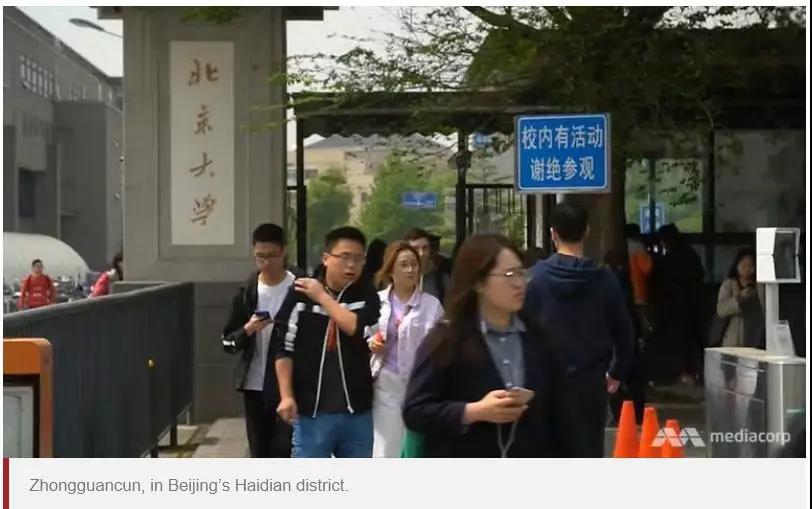
And some of that happens in Zhongguancun’s Garage Cafe, which was inspired by Silicon Valley’s tech ecosystem. Co-founder Wu Jianbo pointed out that “many great American start-ups were born in their founders’ home garages because the set-up cost was low”.
So we think the garage is a symbol of the entrepreneurship spirit. It’s a small space, where you can accomplish big dreams.
More than just a coffee establishment, his cafe connects angel investors and venture capitalists to Chinese entrepreneurs working on start-ups and looking for a meeting place.
Wu thinks the scale of China’s start-up environment is “unmatched”, with many opportunities for entrepreneurs and “very good government support”.
“I always tell aspiring entrepreneurs that this is a great time to be around because of the favourable environment,” he added.
“That’s why I feel that China’s entrepreneurs have great potential. And they’re being equipped with more and more entrepreneurial spirit and awareness.”
But while China’s tech ecosystem is full of talented and motivated people, it still lags behind the US in diversity, where an estimated 70 per cent of Silicon Valley tech workers are foreign-born.
In Zhongguancun, only 1 to 2 per cent are from overseas, of which seven in 10 are Chinese returnees. The imbalance shows that China’s opening up is still a work in progress.
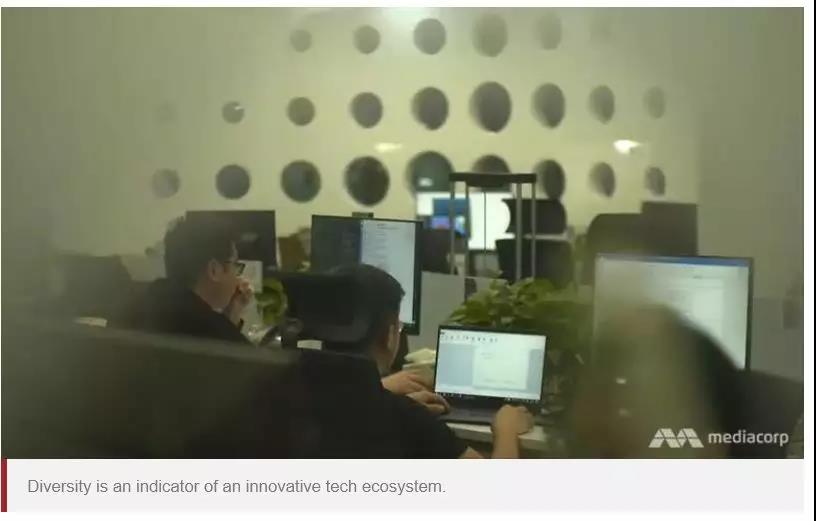
Centre for China and Globalisation president Wang Huiyao said China’s foreign population is proportionately among the lowest in the world, so “China, in that sense, has a lot of room to grow, to work on foreign talent”.
Indeed, Beijing unveiled new initiatives last year to attract foreign tech talent, such as making it easier for them to get visas and even offering permanent residence to top hires.
OVERBLOWN WAR?
On the global front, experts pointed out that despite the China-US trade war, Washington and Silicon Valley are two very different places.
“(Firms in Silicon Valley) have those concerns about intellectual property protection and technology transfer,” said Alex Capri, a visiting senior fellow at the National University of Singapore Business School.
But they also see China as, rightly so, the largest market in the world and as the place where exciting things are happening, particularly around data.
He added that the geopolitical rivalry also “doesn’t mean the whole world needs to fall in line with this sort of binary either-or decision”.
And the way politicians look at technology competition is different from the way technologists look at it, said resident senior fellow Sourabh Gupta from the Washington-based Institute for China-America Studies.
For example, there are technologies invented and inspired by the Americans and the Koreans, and embedded in Chinese hardware. “We have AI researchers who span the globe and across universities on different continents,” he added.
“This technology ecosystem is one that can’t be splintered and separated. People have been talking of an Iron Curtain descending — of a new Cold War. My view is that is just a little overblown.”
